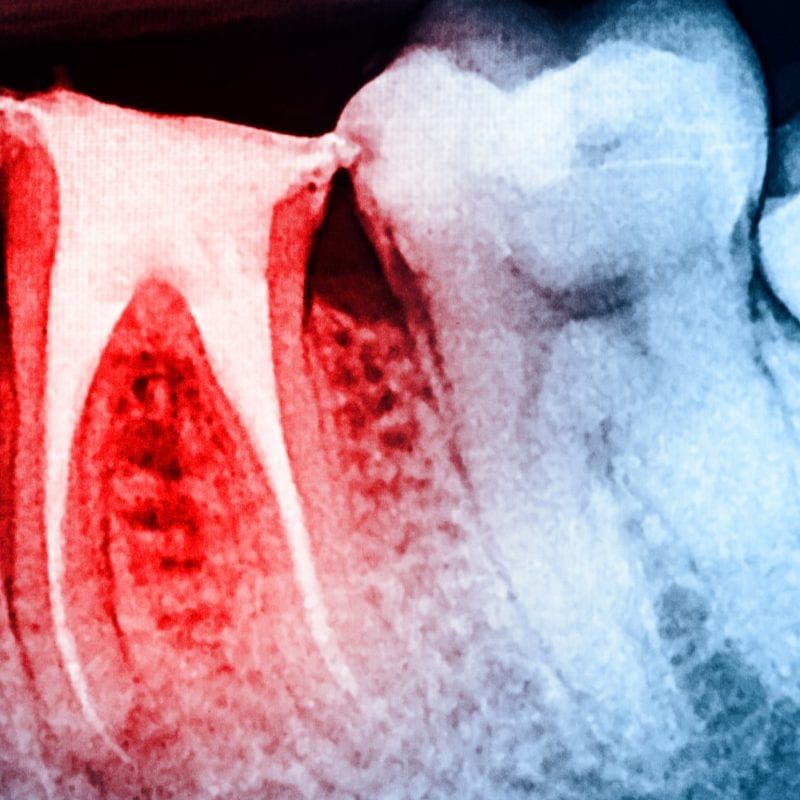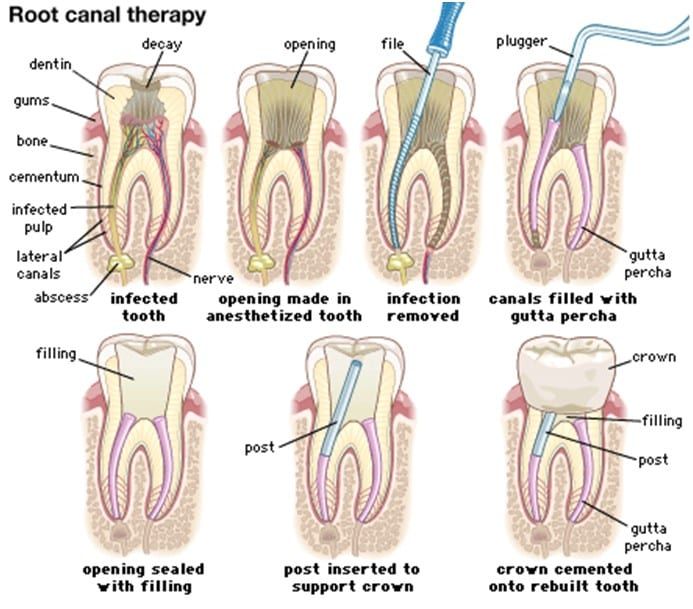Almost all dentists strive to preserve the patient’s natural dentition. In much earlier times, diseased teeth would normally be extracted, but through gradual improvement to techniques, the number of teeth extracted has significantly decreased. It’s now undesirable to extract teeth and is typically reserved as a last resort, especially for patients with financial considerations and limited options. Dentistry has developed numerous ways to address diseased teeth, and among those, the top two contenders have come down to osseointegrated implants and endodontic therapy. But even more prominent than these two options is what happens during the treatment planning process. While both treatment options can provide exceptional results, it isn’t about which option is better but how treatment planning is done at the office.
How Compromised Teeth Influence Treatment Planning
For dentists, the choice of whether to maintain a compromised tooth or remove it is still unclear in many circumstances, and it presents a common dilemma in restorative and endodontic dentistry. Most clinical decisions are focused on providing straightforward, consistent answers when informed by undeniable evidence and supported by ADA guidelines. But in some cases, those decisions aren’t always so clear-cut. Emerging trends in dentistry have even challenged the notion of retaining natural teeth, as the development of osseointegrated implants has been regarded as being equal to preservation.
The guidelines state simple answers: if the tooth is intact, then endodontic treatment should be done. But the choice of treatment for compromised teeth often lacks the evidence or support needed for endodontic treatment in some cases. The criteria for “compromised teeth” must be defined in these cases and also must be separated from “end-stage” failure. End-stage failures are defined as teeth that are unable to support reconstructive therapies due to their pathologic or structural state. But with compromised teeth, the abundance of treatment choices has created a divergence in those recommendations.
So, what can a dentist rely on when attempting to decide on treatment for compromised teeth? That’s where the argument of implants versus endodontics comes in, as both of these treatments offer similar therapeutic alternatives to the point where they cancel each other out. In these cases, both implants and endodontic therapy need to be compared based on the various factors that influence treatment planning. Each factor should be considered to help dentists with a better decision-making process between osseointegrated implants and endodontic therapy.
The Factors That Influence Treatment Planning
Both implants and endodontic therapy have become the gold standards for treating compromised teeth. When dentists are considering treatment options for their patients, they should make sure to consider the factors listed below before making a decision about treatment:
- Survival Rates: Although considered one of the most debated components of restorative treatment, survival rates are essential in the decision-making process. Both the outcome measures are the same for implants and endodontic therapy, as they rely on mouth retention. However, inconsistencies with evaluation criteria among studies have left an inconsistent definition of what survival rates mean. Studies in endodontics are different from studies in implants, but one factor that can be noted in survival rates is the environments where they are placed. Endodontic treatments are often used in the presence of active disease, while implants are generally performed in the context of good oral health.
- Patient Factors: When looking at patients, it’s important to understand patient expectations, sometimes even more so than clinical factors. Expectations need to be clearly identified, and patients should also be informed of possible consequences and risks associated with their desired choice. Even if a patient wants to save their tooth, they may not fully understand the consequences of what that treatment can entail and the overall success rate for their procedure. Besides expectations, age factors regarding growth phases, patient’s health conditions, medication reactions, and oral hygiene compliance are crucial areas to look into when making a decision for treatment.
- Aesthetic Concerns: As aesthetic demand increases, aesthetics has now become a factor that should be considered by dentists in this position. In some cases, endodontic therapy can help preserve teeth but lead to an unaesthetic result based on severity and damage to the affected tooth. But many implant studies also don’t account for poor aesthetics, including failures such as implant malpositioning and soft tissue recession. Natural tooth preservation can be focused through tooth shade matching, and in some cases, implants may act as a foreign body to the bone and have a negative effect on the contours of the mouth.
- Financial Status: Finances can influence the decision-making process for both dentists and patients, especially as implant procedures tend to be more expensive than endodontic therapy. Other procedures may be needed before implant placement during the decision-making process, ultimately increasing the cost. Endodontic therapy in these cases can provide cost-effectiveness and may be more favorable depending on the other factors listed.
- Risks and Complexity: Compromised teeth have different areas of risk factors involved, which include prosthodontic, endodontic, and periodontal factors. If the longevity of the conserved tooth is questionable, then extraction may be a better alternative if the tooth presents a high risk of failure. Endodontic therapy alone doesn’t always guarantee long-term success, especially if factors such as periodontal disease, tooth fractures, and extensive decay are more prominent. Endodontic therapy can also create potential issues for implant placement later on due to factors such as bone reabsorption and soft-tissue reconstruction, but endodontic therapy is typically considered to have fewer complications than implants.
When choosing the best treatment for patients, it’s important to know that every patient and situation presented is unique. All factors listed above weigh heavy in choosing whether or not to preserve a tooth or extract it for implants. Even with the contradiction found in studies regarding both of these procedures, it is the responsibility of the dentist to make the final decision with each case they are presented with alongside their patient. The aim of dentistry is to rehabilitate the patient’s teeth, and it’s important to remember that both implants and endodontic therapy have different intentions overall.






